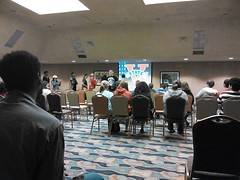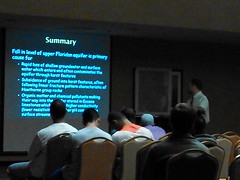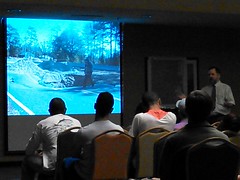 It’s a serious situation in Waycross, with people getting sick and dying.
The contamination, whatever it is,
may have crossed into WWALS watersheds, as well.
Good interactions between WWALS, Satilla Riverkeeper,
and silentdisaster.org, plus EPA, GA EPD, and GA Health Dept.
It’s a serious situation in Waycross, with people getting sick and dying.
The contamination, whatever it is,
may have crossed into WWALS watersheds, as well.
Good interactions between WWALS, Satilla Riverkeeper,
and silentdisaster.org, plus EPA, GA EPD, and GA Health Dept.

Matthew J. Huyser, EPA (l. standing blue shirt), Jim Brown, GA EPD (c. standing white shirt), Ashby Nix, Satilla Riverkeeper (facing Brown, paper in hand), Joan Martin McNeal, silentdisaster.org (r. in group)
For details, see these posts on Lowndes Area Knowledge Exchange (LAKE): Continue reading

























